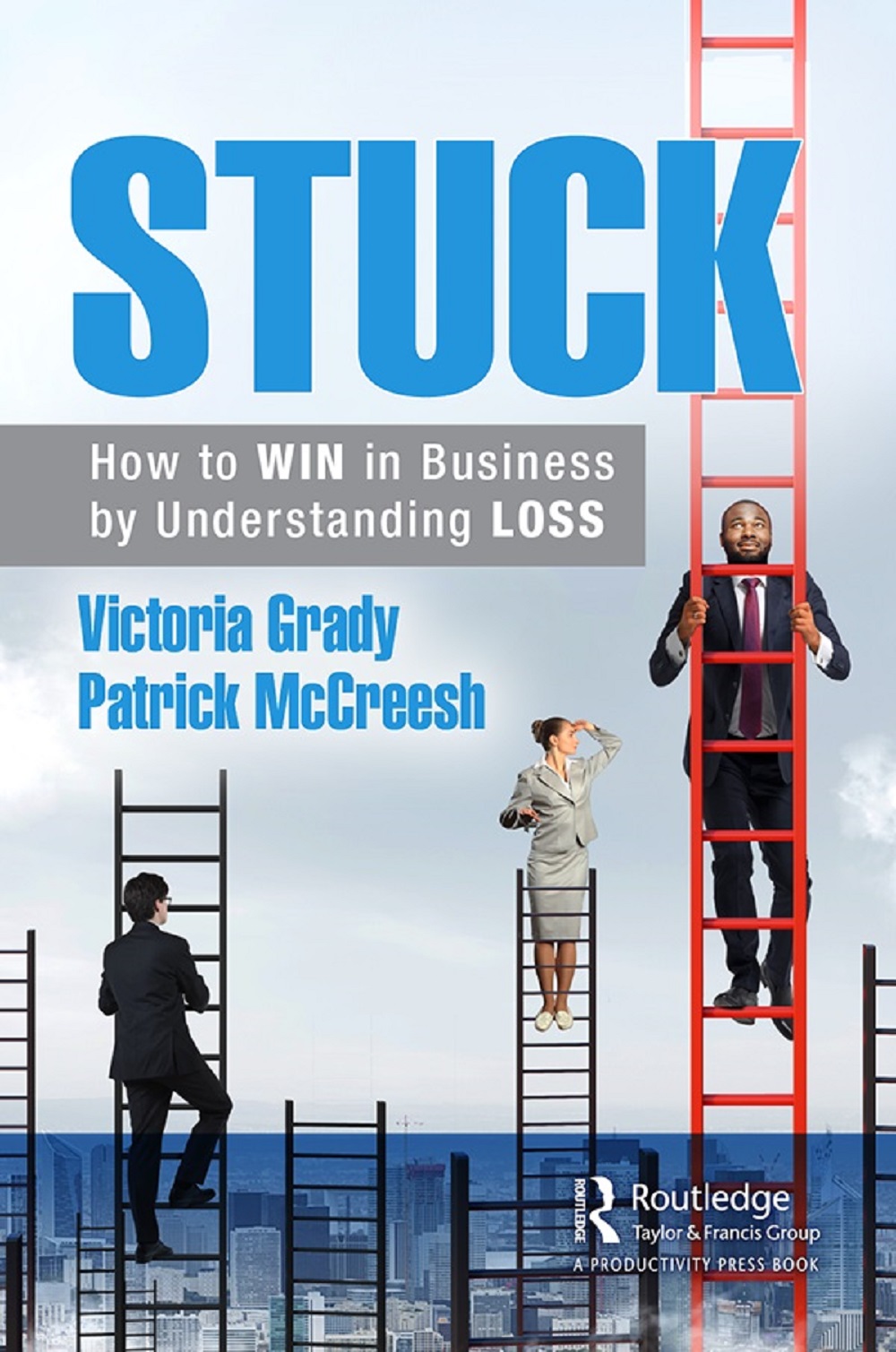Much like the all-encompassing nature of their new book’s title, Drs. Victoria M. Grady and Patrick McCreesh open the read with something of a summarization of their topicality. It’s a nice touch, and something that immediately sets the reader at ease. You really do feel like you’re in competent hands. “Many people feel Stuck. Stuck in their jobs, Stuck in different parts of work, Stuck in their ability to move programs and projects along. Stuck in their ability to drive change. Do you feel Stuck?” they state somewhat playfully, after outlining each ideological subcategory the book’s chapters provide.
“What if there was one little biological function that determines how well you will perform at work, how well you will interact with others in the workplace, how well you lead, how well you follow, how well you assimilate to the culture of an organization, and most importantly … how well you adapt to a change? What if one biological function could explain all that? Would you want to understand it? Or would you be content to stay where you are? Will you stay … Stuck?”
From this, along with a slight bait-and-switch between a plainspoken but professional aura to an almost interactive, affable vibe, Grady and McCreesh find themselves fully capable of engaging the reader intellectually as well as personally. This makes their arguments that much more compelling, and far more sound as they ring not only true in terms of statistically-backed examples, but as things feeling emotionally true and insightful too. Interestingly they’re never afraid of repeating themselves, the repetition itself not seeming pedantic or keeping things generalized. Rather, its presence provides a comforting sense of consistency. In short, no matter how things evolve in a continually amorphous work environment, people’s needs and responsibilities will always come first.
AMAZON: https://www.amazon.com/Stuck-Victoria-Grady/dp/0367743612
“Digital transformation is the use of technology to strategically redesign the work of an organization,” Grady and McCreesh write in a passage relevant to the aforementioned vein. “Often, organizations believe that digital transformation is the purchase of a new software or platform to manage a portion or all their business, but that is simply not the case. It is a holistic re-design of the business around a solution. Even the most robust platforms today – Salesforce, Workday, SAP – require significant process changes from the workforce to have a successful implementation. This simple difference in perspective immediately reveals the importance of people in digital transformation. There is simply no way to realize the value of a digital transformation without bringing people along for the journey.”
“We are all on a journey. Whether it is a new strategy, a new leader, a new process, or new technology; something will cause a shift in the workplace that will make us change,” they continue. “And when it happens, we need to take the time to remember that we helped the brain attach to the previous strategy, leader, process, or technology, and now we need to help undo it. We need to help it become Unstuck. We also need to remember that on this journey is our human brain that developed just a few thousand years ago.”
Garth Thomas

